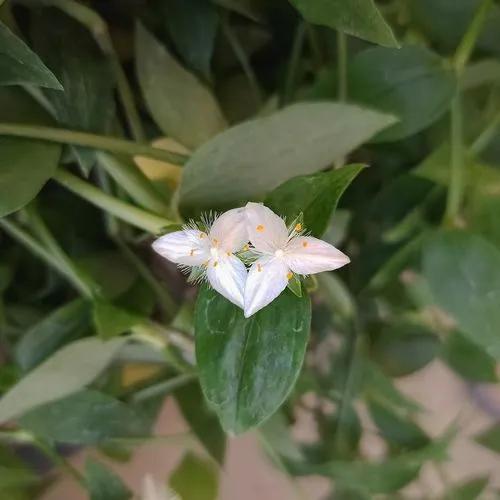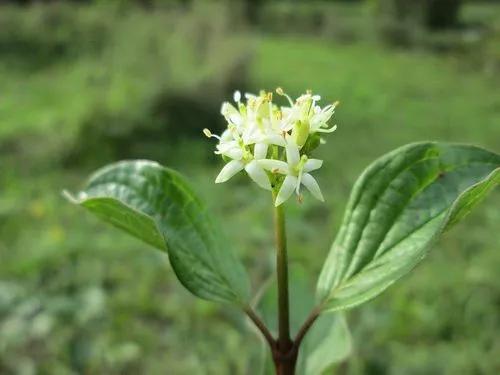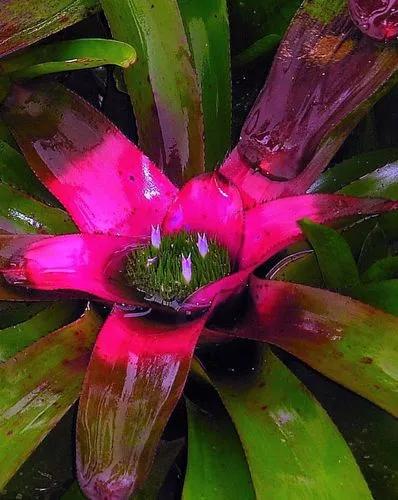The burning colors of Brazilian Red Hots bush won’t let you be indifferent. This perennial keeps its green foliage whole year round, ornamenting any garden as a ground cover or potted plant.
Brazilian Red Hots Care
Alternanthera dentata



Brazilian Red Hots is a cultivar of Alternanthera dentata (also known as joyweed). It comes from South America and is spread in the Carrebeans too. Coming from the Amaranthaceae family, it has small white unnoticeable flowers and showy vibrant red leaves.
The bush grows 24-36 inches (60-90 cm) tall and 12-18 inches (30-45 cm) wide. Its small height and medium-sized red with pink-potted leaves make it a great ground cover or landscaping bush.
How to Care for the Plant

Water

Pretty drought tolerant when established, young Brazilian Red Hots bush require watering once the soil is dry at the top. So, it may require roughly watering 1-3 times a week.

Pruning

Prune long shoots slightly in late spring and summer to keep the shrub compact and bushy.

Fertilizer

Apply a general-purpose balanced fertilizer every fortnight. Reduce the concentration and frequency in the fall until a total halt in the winter

Sunlight

Brazilian Red Hots plant requires full to maintain vibrant colors. Nonetheless, it can put up with partial shade.

Soil

Well-drained soil is a must for growing the plant. Alternanthera dentata can adjust to any soil, but moist and rich in organic loam would be best.

Propagation

You can propagate Brazilian Red Hots by dividing a mature bush or cuttings, which is more effortful than some plants but definitely worth trying. You will need to take softwood cuttings, apply rooting hormone and keep them in a bright, warm, and humid place for several weeks.

Temperature

The hot colors match the plant’s ability to withstand heat. It can easily survive 45-105˚F (7-40°C). But the room temperature would be the most comfortable.

Container

Brazilian Red Hots grows best in the ground, but young specimens are often left in pots until benight planting conditions. The main thing is that the pot must be a bit bigger than the root ball and have drainage holes.

Fun fact

The plant has several scientific synonyms, and dozens of common names, including metal weed, bloodleaf, parrot leaf, ruby leaf, joyweed, and similar-looking cultivars.

Popularity

126 people already have this plant 56 people have added this plant to their wishlists
Discover more plants with the list below
Popular articles






